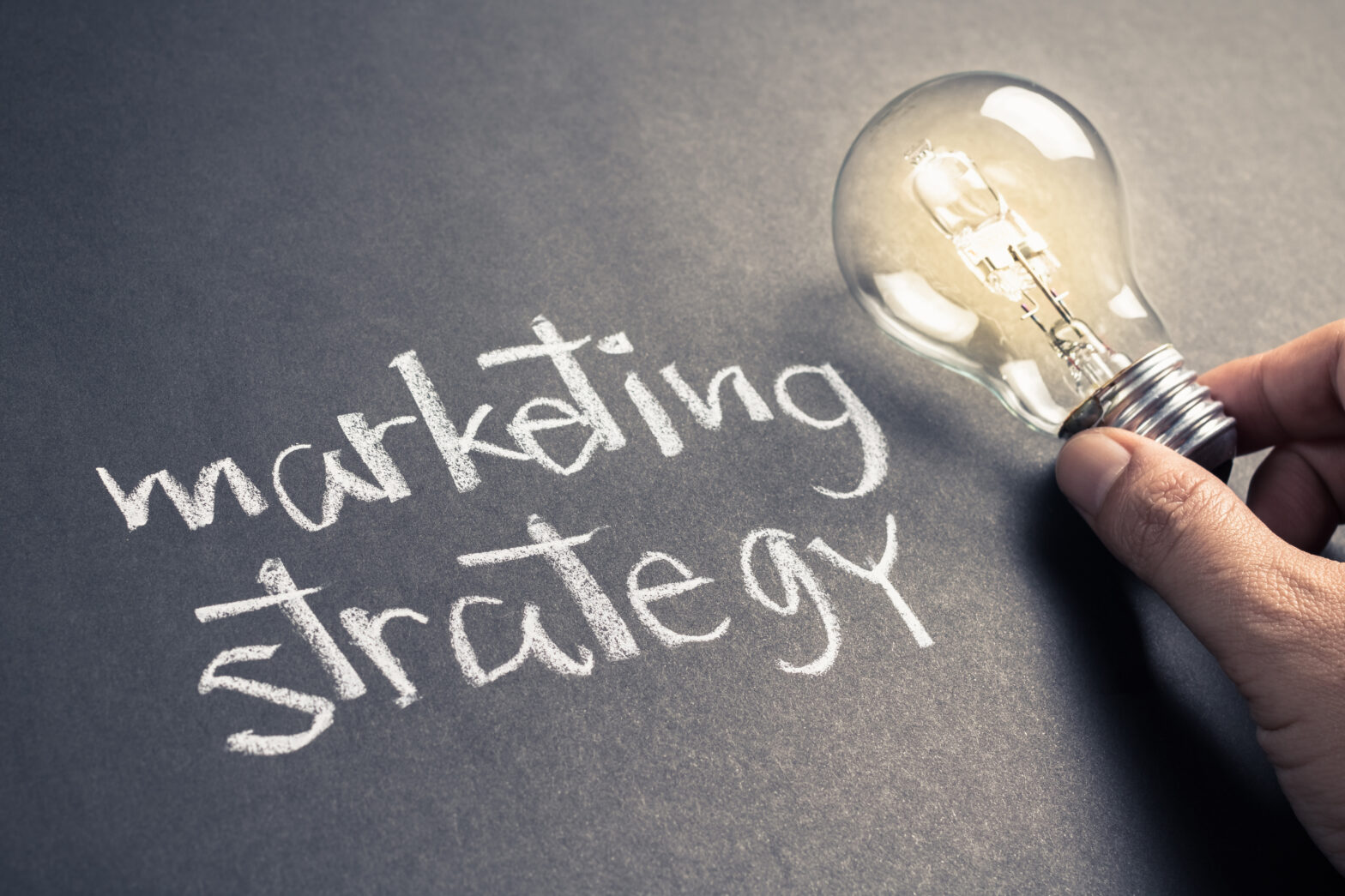Creating an easily recognisable brand, one that encapsulates your brand messages, theme and connects with your core audience, is crucial for any business. Having a clear style guideline means that your identity is captured consistently in your logo, slogan or brand colours, so your potential customer will instantly grasp what you stand for – ultimately it’s the start of your relationship to come.
This guide is a rulebook for you, your staff, partners and suppliers to use when finding out what your brand stands for. It is key when you are working on scaling up your business and means that when working on a new project, there will be no confusion or grey areas when it comes to design.
When creating your style guide there must be a focus on the current design concepts and it must be tailored to the direction that the company is taking.
Brand and context
Start by laying out the context of your brand and how you want your audience to react to the design. Building a strong relationship and trust with your customers is a core part of your brand growth and will cement your brand as a trustworthy source. What are the core brand identity values you want to cover? What is pushing your company forward? Which direction is your brand heading?
Answering all of these questions is an important exercise for any branding session, as it allows you to understand your brand dynamics. This process can be as long or as short as you want it to be, as long as you establish your raison d’être behind your company and are able to create an image of what the future looks like for you.
By envisaging the future, you will be able to identify your target audience and focus in on a demographic for your new potential customer base. You then need to think about what different styles, desires and needs these customers have and think about what implications your new design will have on them.
Following this you need to define your brand’s character. Make a list of three to five adjectives that you think define your brand. These words and themes can set the tone for appropriate text and imagery to be used for the look of your brand.
Using your logo effectively
Your logo is the central element of your corporate design strategy. This part is so important that it actually deserves its own rulebook – as everything needs to revolve around it. You need to think about what elements are defined in your logo, and the best applications for them. Can any parts be adapted or does it always have to be used as the whole image?
Finally, what typography do you want to use? Consider size, font and colours. You must chose a typeface that is clear and easy to read, as it will be used across all of your internal and external communications.
Each one of these details are important and one shouldn’t take preference over another. Your corporate design illustrates your company’s ambition and targets for your company.
If your logo exists in more than one format then now is the time to decide which versions work best of each area. How you position your logo in relation to other text and images that surround it should also be discussed early on.
Visual brand values
Thinking about the visual elements of your logo sounds obvious but choosing the wrong visual elements can have a negative impact on your brand.
Each colour has its own colour code. This is so designers can maintain colour consistency and ensures that the shade isn’t right one campaign and wrong the next. Making sure you have the colour code saved is crucial. Picking the right colour for your business can be a challenge, knowing how to pick the right tone plays a bigger role in your brands development than you might think.
If your logo has a mix of colours, make sure you have their tones written down correctly. If the tone is off for any of these colours it could look sloppy and that you don’t know how to follow your own brand guideline.
Your font choice is important and should incorporate your target customer’s preferences. For example, if your target customers are less formal, using a serious font may put them off. Once the font is decided upon, you need to make sure that it is used across all of your future material and make sure that your website reflects this new change in font style.
Using stock images is quite common in a company’s guidelines but, if you have the resources, creating your own is much more preferable. However, when your new campaign is being designed you must only use images to create a brand unity and ensure that your material is all in sync.
When you are choosing the stock images, you need to think about what your brand embodies. If you work with animals, you need to choose imagery that will mirror this. Another example could be if you are a creative brand you could use illustrations, graphics and infographics to get across your brand messages.
These three areas will create the foundation of any style and can be expanded upon and updated over time. The visual imagery is key to building your identity and, once it is engrained in your company, your customers will start to become loyal to it and become more aware of your presence. Your new design guidelines will be key for future business growth and will be instrumental in shaping the future image of your company.
Laura McLeod is senior digital marketing manager at 99designs.





